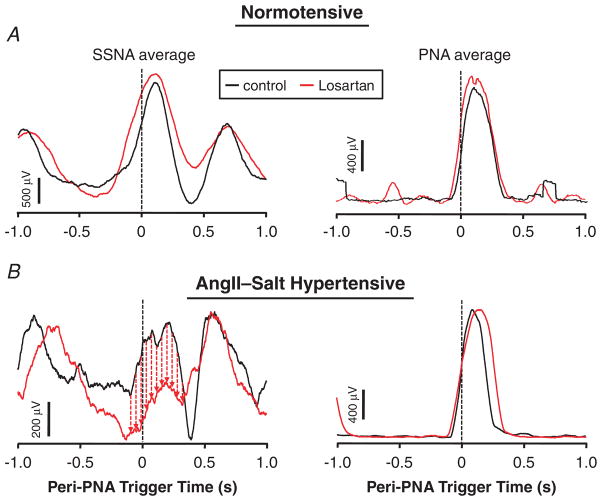Figure 4. Blockade of Ang II AT1 receptors in the RVLM bilaterally reduces inspiratory splanchnic SNA burst amplitude in Ang II–salt hypertensive rats without affecting the strength of central respiratory drive.
The onset of 200 consecutive PNA bursts was used to construct PNA-triggered averages of splanchnic SNA (left) and integrated PNA (right). A, in a normotensive control rat there was no obvious change in either averaged waveform 15 min after microinjection of the Ang II AT1 receptor antagonist losartan bilaterally (1.0 nmol in 60 nl per side) into the RVLM. B, in a rat with Ang II–salt hypertension, losartan in the RVLM reduced inspiratory splanchnic SNA burst amplitude (left) without affecting the amplitude of the PNA burst (right). Thus, blockade of AT1 receptors in the RVLM appears to reduce the strength of coupling between respiration and splanchnic SNA without affecting the strength of central respiratory drive.

